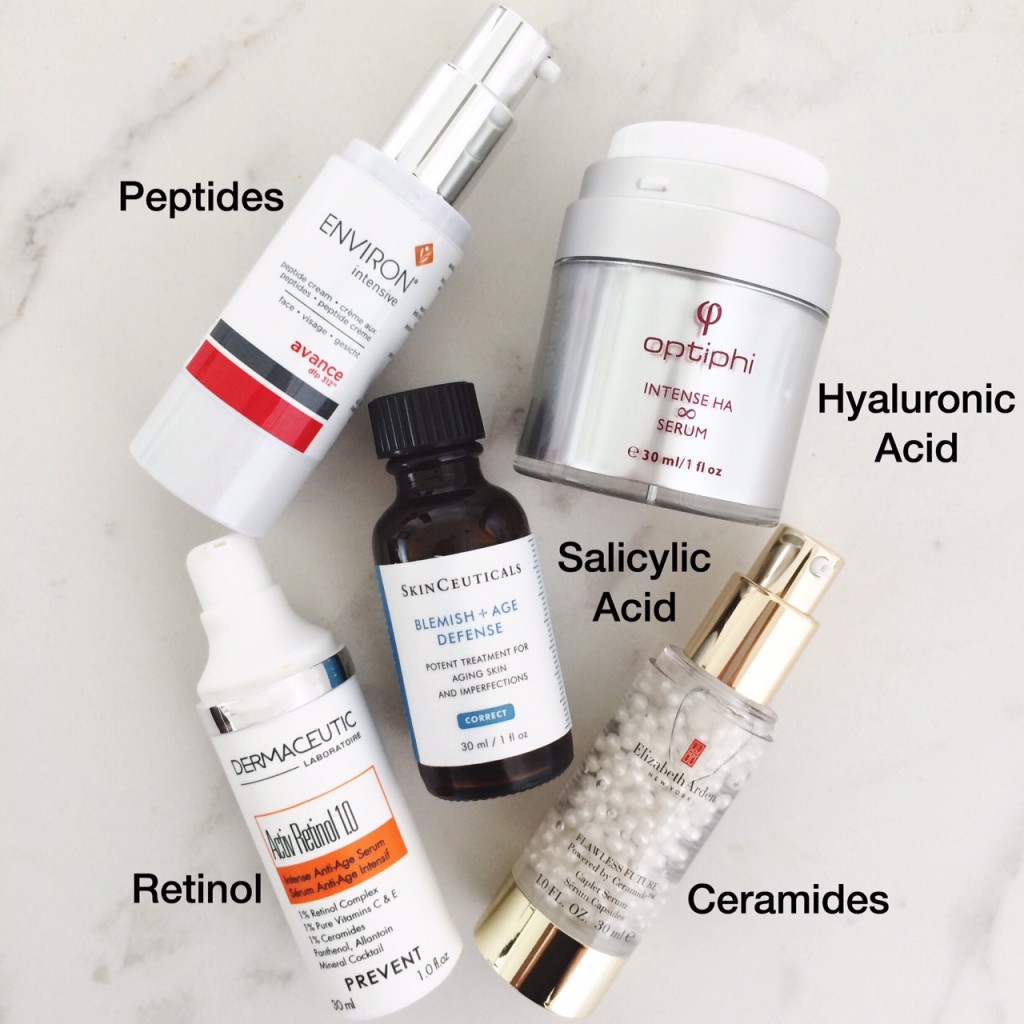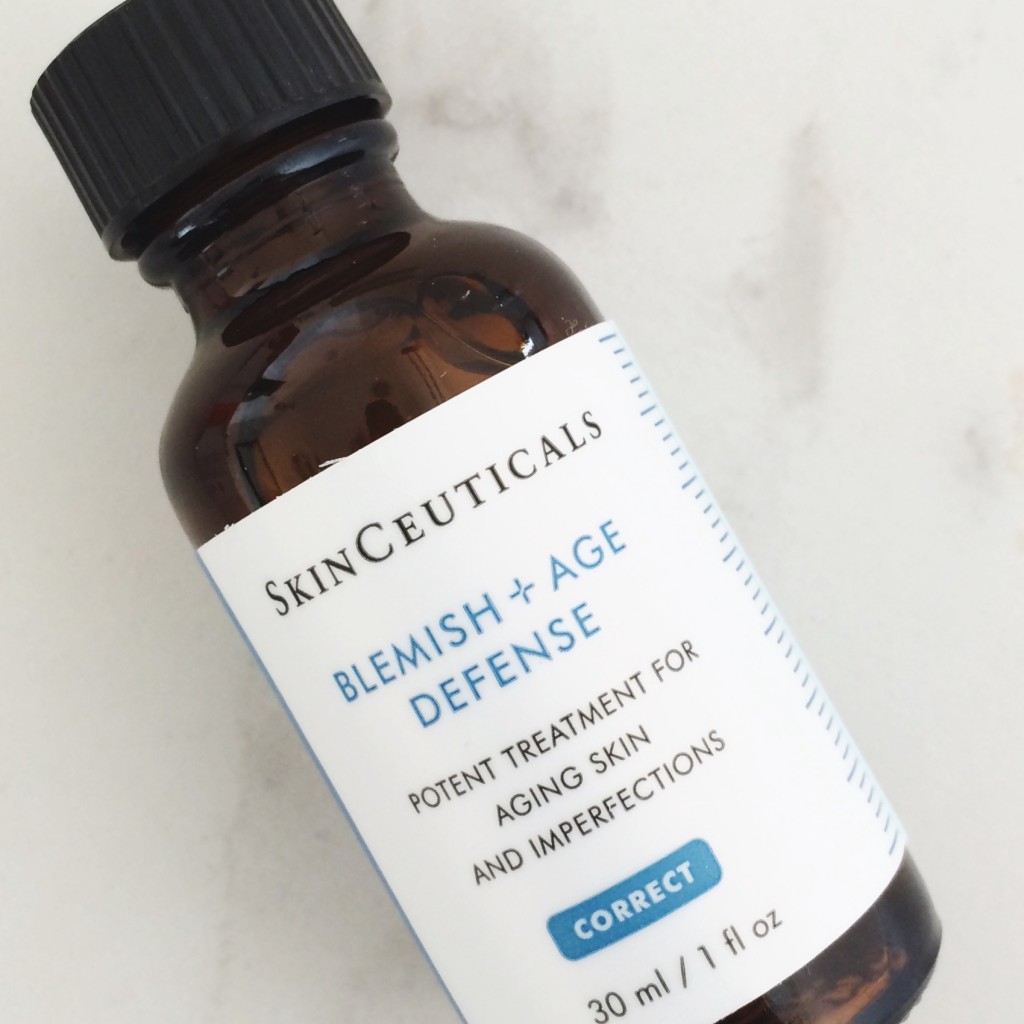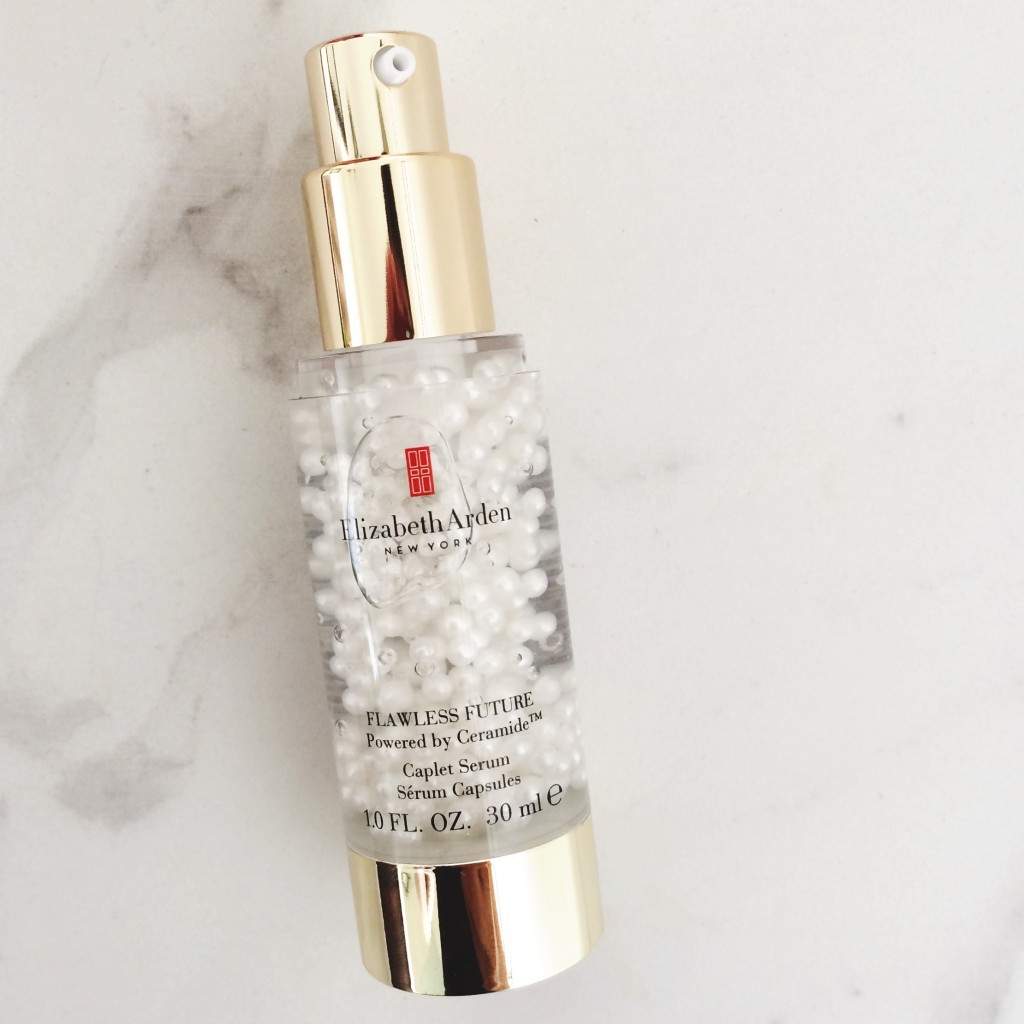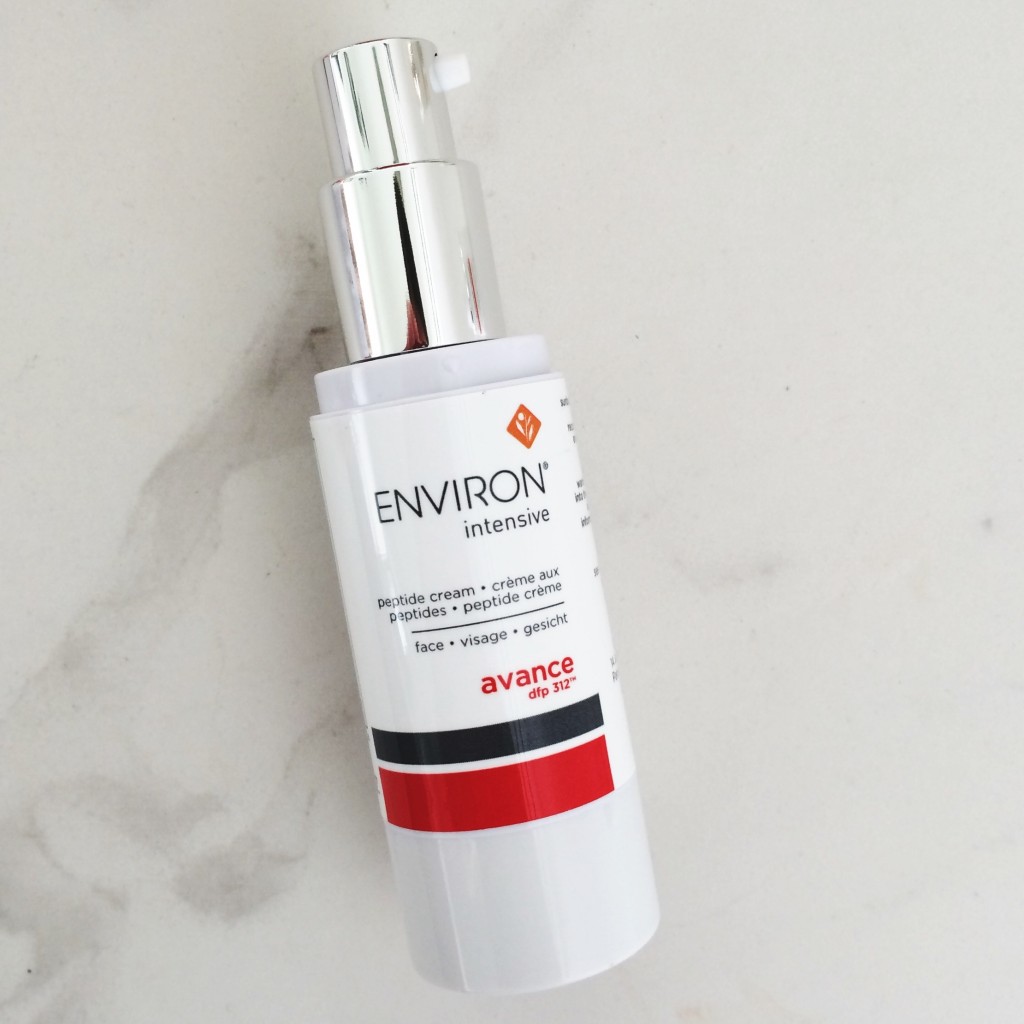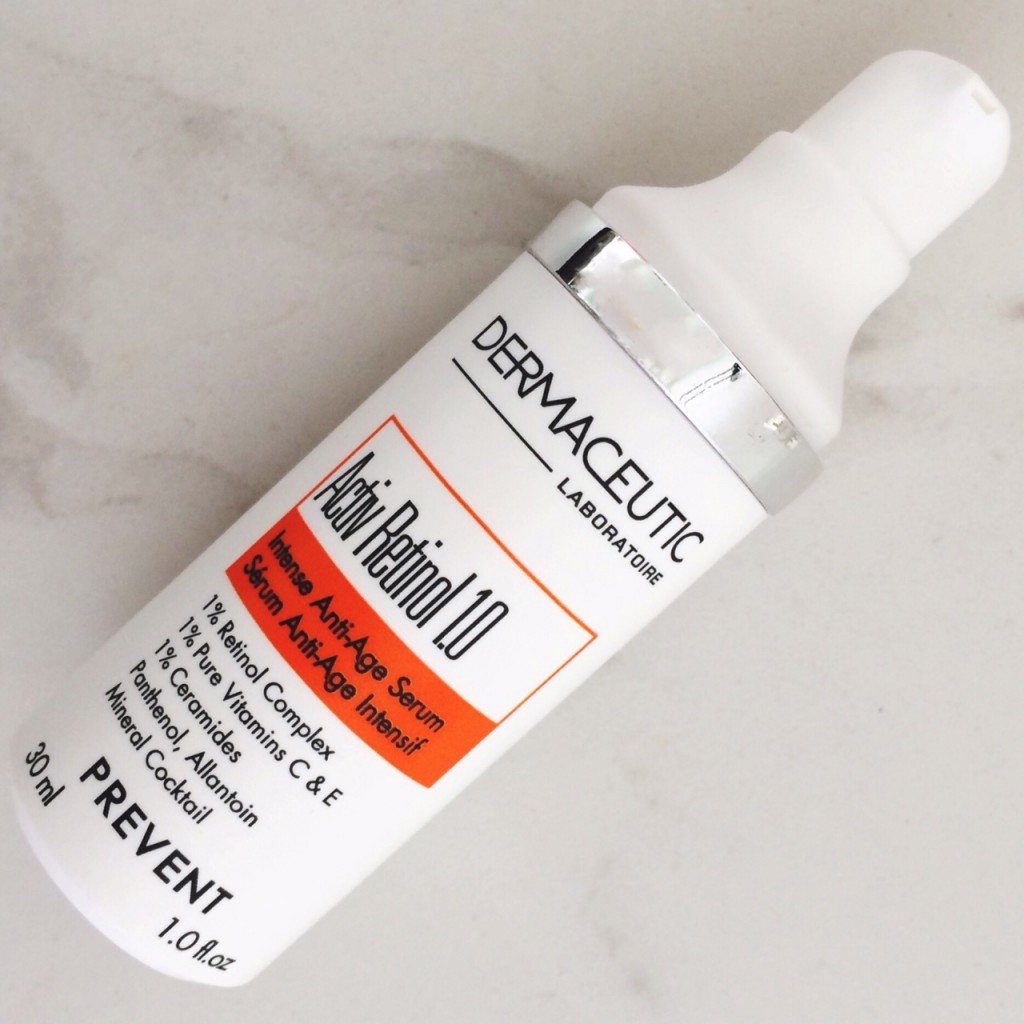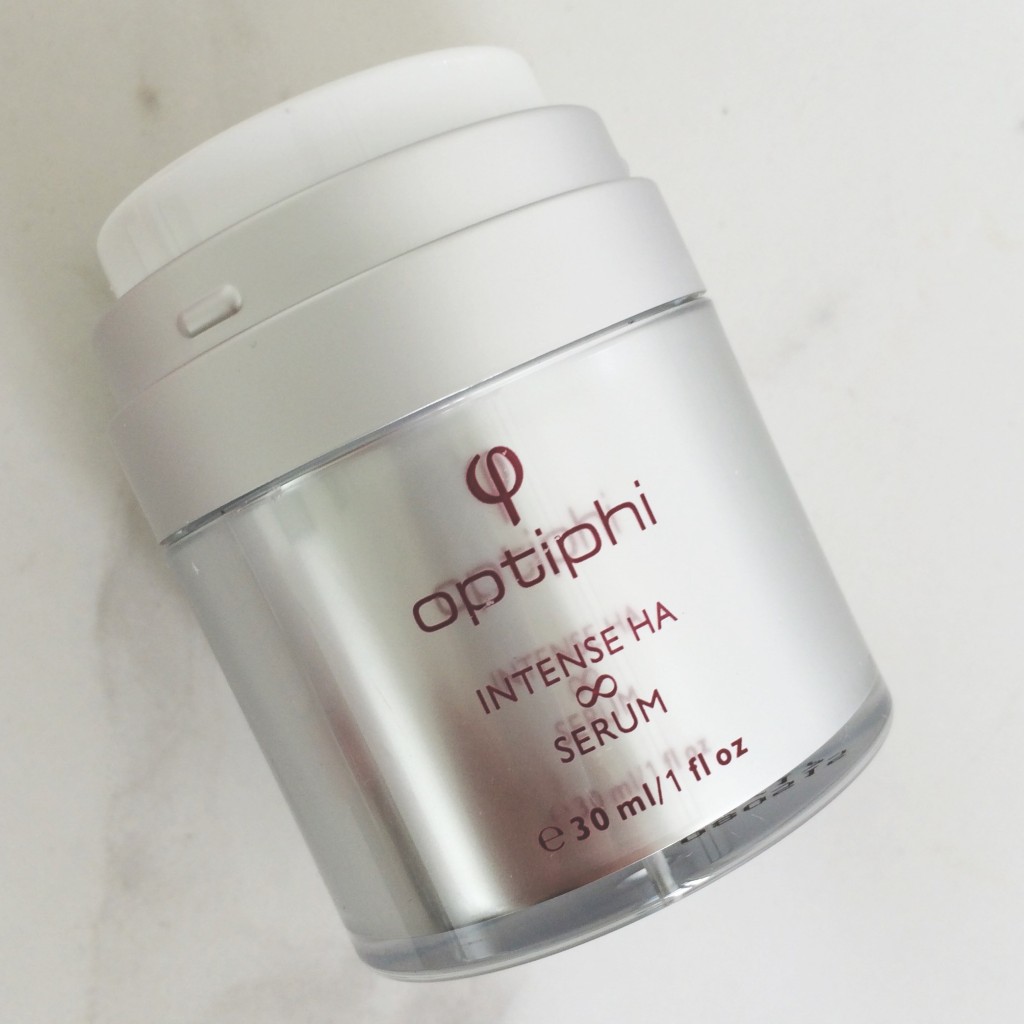By Helen Clemson
What’s The Deal With “Miracle Creams”?
The beauty advisor at the department store counter is telling you that latest moisturiser will literally save your face. And then she goes into uber-ingredients; a list so mind boggling that you leave with a product that sounds promising but is actually very confusing. Sound familiar? Before you fork out hundreds (in some cases thousands) of Rands on the “latest and greatest” skincare treatments, here are some common yet clever ingredients to ask about. And bonus; the skincare experts love them too!
SALICYLIC ACID
What is it actually? In a nutshell, it’s a compound found in plants. When added into skincare products, it works on softening keratin, a protein that forms part of your skin’s structure.
Why is it beneficial? The most common use for salicylic acid is in the treatment of oily skin, in other words problem skin needing anti-acne care, says cosmetic scientist John Knowlton, owner of Cosmetic Solutions. “It’s typically included in both leave-on and rinse-off products at levels of up to 2.00%.” It works mainly by acting as a keratolytic agent and is able to accelerate the rate at which skin cells leave the stratum corneum (that’s the outermost layer of your skin where those nasty dead skin cells sit), he explains.
Who should use it? Got breakouts? This ingredient is for you, whether you’re experiencing late-onset adult acne or if your teen is in a spot of bother. “Besides keratolysis, the acidifying and anti-inflammatory properties of salicylic acid are also believed to be responsible for a good anti-acne effect,” says John.
Your miracle potion? Try SkinCeuticals Blemish + Age Defense (R1247), a serum laced with not only salicylic acid, but other safe-to-use skincare acids – like citric and glycolic – too. This fast-acting treatment helps to reduce the amount of oil your skin pumps out. And, not only does it help decongest clogged pores, but also helps soften the look of other facial blemishes that may be giving your age away – scary thought! Simply apply four to five drops on a clean, dry face once or twice a day.
CERAMIDES
What is it actually? “Ceramides have a very similar chemical structure to the lipids (fats) that are present naturally in the lipid barrier of healthy skin,” says John.
Why is it beneficial? As your skin matures, these ceramides are lost naturally, he explains, and goes on to say that using skincare products with them in the formulation helps to replenish what’s lost, restoring your skin’s healthy barrier function. What’s skin barrier function you ask? It’s like a natural shield or safety net for skin, holding in moisture but keeping out dirt and other impurities.
Who should use it? Those looking for both preventative anti-aging skincare as well as women who’ve noticed moisture loss.
Your miracle potion? Get your hands on Elizabeth Arden Flawless Future Caplet Serum (R685) as it’s packed with skin barrier guarding ceramides (hello hydration!), a protective protein complex and powerful skin brighteners. These ingredients are all on a mission to fight hard against early signs of aging. to use, press pump to combine caplets and gel into a freshly activated serum. Smooth the formula over a cleansed face and neck morning and night before your moisturiser. Use a single pump for each area – forehead, cheeks and chin.
PEPTIDES
What is it actually? In Layman’s terms, peptides are amino acids that make up the proteins in your skin. And here’s why you need to make sure your skin has enough of them: because peptides are molecular links of amino acids they help to produce the anti-wrinkle skin protein, collagen. And because collagen makes up 75% of your skin, it’s pretty crucial for a young-looking face. Got your attention?
Why is it beneficial? While there’s no single use for this ingredient, explains John, there are two skin-saving peptides to look out for: Palmitoyl Pentapeptide-3 and Acetyl Hexapeptide-3. “Palmitoyl Pentapeptide-3 stimulates the production of new collagen in the skin and, as a result, is an excellent anti-wrinkle active used in anti-aging products.” And, Acetyl Hexapeptide-3 acts by reducing muscle movements in the face, which in turn, lead to wrinkling, he says. “Acetyl Hexapeptde-3 is therefore also used as an anti-wrinkle active in skin care, although its mechanism of activity is different to that of Palmitoyl Pentapeptide-3.”
Who should use it? Women with aging skin issues like age spots, lines and wrinkles, suggests Sonette Donker, skincare therapist and owner of Skin iD. Got hyperpigmentation – in other words, darker patches of skin thanks to an increase of melanin? Sonette suggests you check out peptides to treat that too.
Your miracle potion? Environ Intensive Avance DFP 312 Peptide Cream (price TBC) because it’s a one hard-working moisturiser. It’s been laced with a combination of various peptide complexes, all on hand to boost the overall appearance of your skin and leave it feeling hydrated and looking smoother and firmer too. Use it morning and evening after toning.
What is it actually? It’s a form of Vitamin A and, “works as a collagen stimulator,” says John, who explains that in skincare products, it’s mainly used as an anti-wrinkle active ingredient. And it’s the bomb; Sonnette describes retinol as “the best anti-aging treatment,” placing it above any other of the ingredients mentioned in this post. Impressive stuff huh?
Why is it beneficial? “It increases the rate of production of new collagen in the skin,” says John and there’s more great news: it also helps to decrease the amount of collagen breakdown from sun exposure, by preventing the increase in production of an enzyme called collagenase, he says. What does this all mean for your face? “It really changes the skin at the right concentration,” explains Sonnette. “When you look at the skin under a microscope, it looks like Retinol has rearranged the skin cells and packed them in rows, which translates into a youthful, firm, radiant skin.”
Who should use it? Got lines and wrinkles? This one’s for you! And you’ll find it in all sorts of skin potions; from eye creams to serums and more intensive daily moisturisers. “It removes hyperpigmentation, it refines the skin texture, reduce wrinkles and fine lines,” says Sonette. Basically, it changes the skin appearance drastically, she explains.
Your miracle potion? The ticket for mature skin, trying sweeping on Dermaceutic Activ Retinol 1.0 (R770) daily under your moisturiser. It’s a true multi-tasker; it Improves skin texture and tone as well as the look of wrinkles, fine lines and a dull complexion. Score!
HYALURONIC ACID
What is it actually? Big, scientific word coming up here, but hyaluronic acid “is a glycosaminoglycan, similar to those naturally found in skin,” says John. Glycosaminoglycans help moisturise skin by keeping water in, but as we get older, the amount of glycosaminoglycans nose dives and skin tends to become drier, he explains.
Why is it beneficial? It’s a super moisturiser providing effective replenishment of lost moisture, says John. Sonnette agrees; it literally ‘quenches’ a thirsty skin, she says. If you want to be really clever, research the molecular weight (how much a substance weighs) of the hyaluronic acid in the product you’re investing in. Want hydration that goes deep into your skin? Make sure the ingredient is of a low molecular weight. “Lower molecular weight hyaluronic acid penetrates deeper into the skin and is able to provide moisture deeper in the epidermis,” says John. A higher molecular weight hyaluronic acid tends to provide a film of moisture on the skin, he adds.
Who should use it? Parched skins! And, because hyaluronic acid moisturises the skin without any oil, a dehydrated, oily skin will benefit greatly from this ingredient too, says Sonette.
Your miracle potion? The face is one area of your body you may not mind looking plump. Sagging, sunken skin makes one look, well, old. Combat face fall with Optiphi’s Intense HA Serum (R1095) that can be used daily under your moisturiser. It’s been formulated to re-plump and intensify skin hydration on a cellular level (in other words, deep down), meaning it gives dehydrated, structurally weak skin a whole lot of love.
Please tell me, did you find the feature useful, and did it help give you a better understanding of these ingredients that are so often found in our serums and moisturisers? I really want to hear from you.


